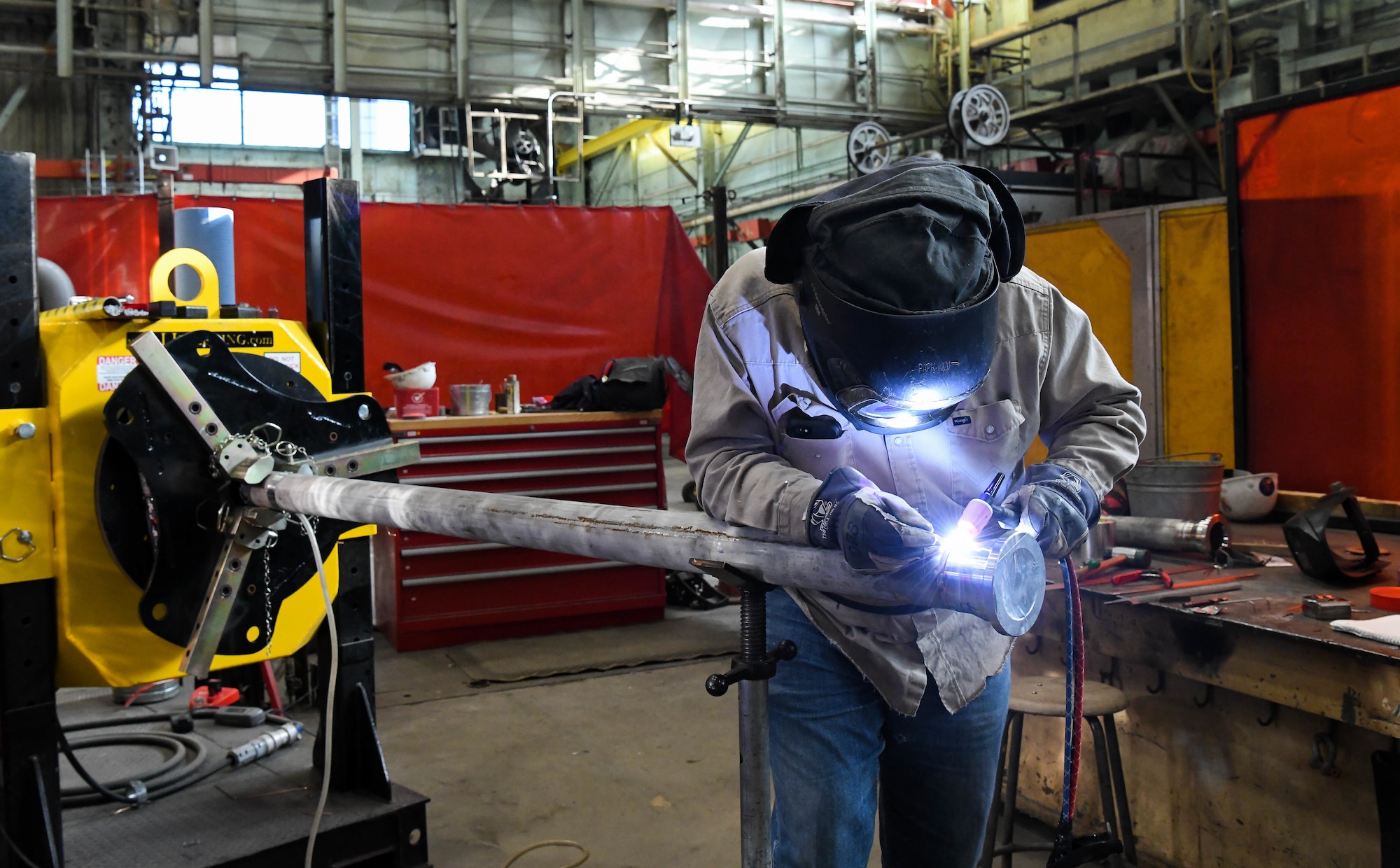Achieving Welding Excellence: Revealing the Secrets of WPS Application and Optimization
In the realm of welding, attaining excellence is a quest that depends upon the careful implementation and optimization of Welding Treatment Requirements (WPS) These foundational papers function as the backbone of welding operations, determining the treatments and criteria essential for creating top quality welds continually. However, the keys to unlocking the full possibility of WPS lie not only in recognizing its importance however additionally in mastering the ins and outs of its application and optimization. By delving into the crucial elements, approaches, challenges, and finest techniques associated with WPS, a world of welding excellence waits for those that agree to explore its midsts.
Importance of WPS in Welding
The Value of Welding Procedure Specifications (WPS) in the welding market can not be overstated, working as the backbone for making sure uniformity, high quality, and safety and security in welding procedures. A WPS supplies detailed guidelines on exactly how welding is to be carried out, consisting of vital variables such as products, welding procedures, joint style, filler steels, interpass and preheat temperature levels, welding currents, voltages, traveling rates, and extra. By sticking to a distinct WPS, welders can maintain uniformity in their job, leading to constant weld quality across various tasks.

Crucial Element of WPS
Reviewing the integral elements of a welding procedure specification (WPS) is crucial for comprehending its function in welding operations. A detailed WPS includes several crucial elements that guide welders in attaining high quality and uniformity in their job. One critical facet of a WPS is the welding procedure specification, which outlines the particular welding procedures to be utilized, such as gas tungsten arc welding (GTAW) or secured steel arc welding (SMAW) In addition, the WPS consists of details on the welding products, such as the kind and requirements of the base steel and filler metal to be utilized. The WPS also defines important variables like welding specifications, preheat and interpass temperature level needs, and post-weld warmth treatment procedures. In addition, it consists of details on joint design, fit-up, and any type of unique techniques or precautions essential for the welding procedure. By incorporating these key elements right into the WPS, welding procedures can be standard, ensuring top quality, performance, and safety and security in welding procedures.
Approaches for WPS Optimization

Secondly, training and credentials of welding workers according to the certain requirements of the WPS is extremely important. Offering thorough training programs and guaranteeing that welders are certified to perform procedures laid out in the WPS can bring about better welds and reduced rework.
Additionally, leveraging innovation such as welding software and surveillance systems can assist in enhancing WPS. These tools can assist in monitoring variables, making sure criteria are within specified limitations, and supplying real-time feedback to welders, allowing them to make you can check here immediate modifications for improved weld quality.
Common Obstacles and Solutions
Encountering obstacles in applying the strategies for WPS optimization can prevent welding procedures' effectiveness and quality. One typical challenge is insufficient training or understanding of the welding treatment specs (WPS) among the welding group.
One more challenge is the absence of appropriate documentation and record-keeping, which is important for WPS optimization. Without clear documents of welding parameters, products used, and evaluation results, it comes to be tough to recognize locations for enhancement and make sure consistency in welding procedures. Carrying out a durable paperwork system, such as electronic welding monitoring software program, can help improve record-keeping and help with information analysis for continual improvement.
In addition, irregular welding equipment calibration and maintenance can position a substantial difficulty to WPS optimization. Regular equipment checks, calibration, and maintenance routines must be stuck to purely to make sure that welding specifications are accurately managed and maintained within the specified resistances (welding WPS). By dealing with these usual challenges with positive solutions, welding operations can boost efficiency, high quality, and total welding quality
Best Practices for WPS Application
To guarantee successful WPS application in welding operations, adherence to industry requirements and careful attention to information are paramount. When launching WPS implementation, it is important to begin by extensively recognizing the certain welding requirements of the job. This requires a comprehensive evaluation of the welding procedure requirements, products to be bonded, and the environmental conditions in which the welding will occur.
As soon as the requirements are clear, the following action is to pick the see this website appropriate welding procedure that lines up with these specs. This entails seeking advice from the pertinent codes and requirements, such as those given by the American Welding Culture (AWS) or the International Organization for Standardization (ISO), to ensure compliance and quality.
Moreover, recording the whole WPS application procedure is essential for traceability and quality assurance. In-depth documents ought to be maintained pertaining to welding criteria, product preparation, interpass and preheat temperatures, welding consumables made use of, and any type of variances from the original procedure. Routine audits and testimonials of the WPS can assist determine locations for improvement and ensure recurring optimization of the welding procedure.


Final Thought
To conclude, the execution and optimization of Welding Treatment Specs (WPS) is vital for accomplishing welding excellence. By comprehending the crucial elements of WPS, implementing efficient strategies for optimization, addressing typical challenges, and following ideal practices, welders can ensure high-quality welds and safe working conditions. It is imperative for experts in the welding market to focus on the correct execution of WPS to improve overall welding performance and achieve preferred results.
The Significance of Welding Treatment Specifications (WPS) in the welding industry can not be overstated, offering as the foundation for ensuring consistency, quality, and security in welding procedures. A WPS offers in-depth instructions on exactly how welding is to be lugged out, consisting of crucial variables such as products, welding processes, joint style, filler steels, preheat and interpass temperature levels, welding currents, voltages, travel rates, and a lot more. One vital element of a WPS is the welding procedure requirements, which describes the certain welding processes to be utilized, such as gas tungsten arc welding pop over to this site (GTAW) or shielded steel arc welding (SMAW) By integrating these vital aspects into the WPS, welding procedures can be standard, making sure quality, performance, and safety in welding operations.
It is important for specialists in the welding sector to focus on the correct execution of WPS to boost overall welding performance and attain wanted outcomes.